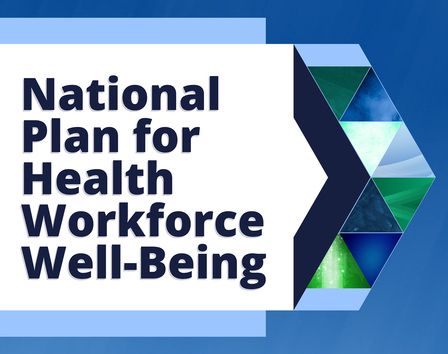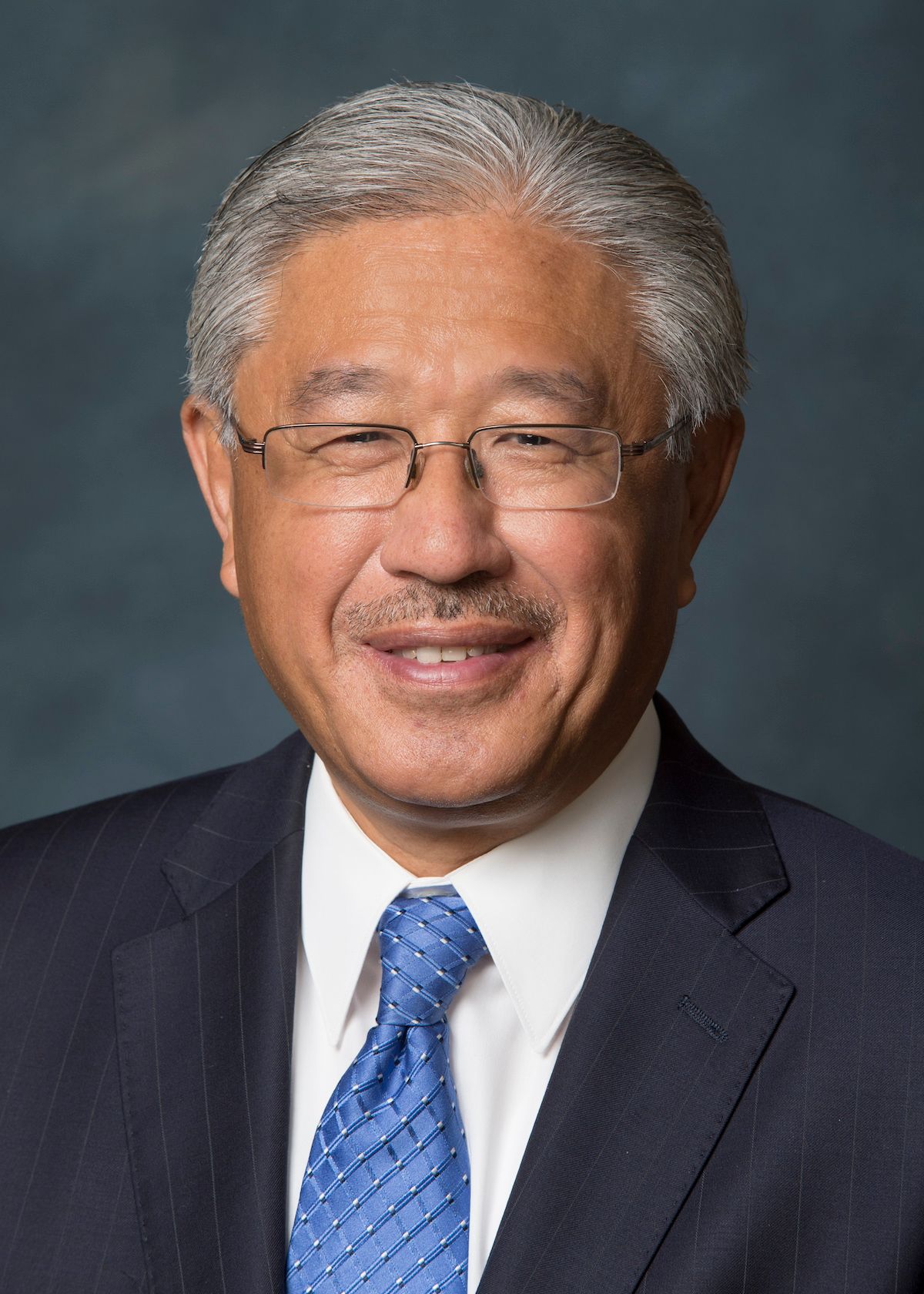Article
National Academy of Medicine: 2023 must become year of action against burnout
Author(s):
President speaks on need for systemic changes that will make a difference for physicians in the workplace.

The National Academy of Medicine (NAM) aims for 2023 to be the outset of new actions to reverse current trends in health care worker burnout.
Victor J. Dzau, MD
President, National Academy of Medicine

In 2022, NAM published its National Plan for Health Workforce Well-Being. The Academy announced the document is the result of six years of research and collaboration among 200 organizations committed to reversing trends in health worker burnout.
NAM President Victor J. Dzau, MD, sat down with Medical Economics to discuss the problem, suggest solutions, and how to integrate them into the workplace.
The plan has goals in seven priority areas:
- Create and sustain positive work and learning environments and culture.
- Invest in measurement, assessment, strategies, and research.
- Support mental health and reduce stigma.
- Address compliance, regulatory, and policy barriers for daily work.
- Engage effective technology tools.
- Institutionalize well-being as a long-term value.
- Recruit and retain a diverse and inclusive health workforce.
The following transcript was edited for length and clarity.
Medical Economics (ME): Why was it important for the National Academy to put forth a plan?
VJD: Several years ago, it was already clear that burnout is a big problem. And then pre-COVID days 30, 40% of physicians and nurses already reporting burnout. So the community was beginning to get nervous and worried about this, but it was not as well-known effect. I was asked by a number of my good colleagues to say, can you actually be the convening organization that brings this out, to increase visibility, to look at the causes of burnout, and to look at solutions? We kicked off a collaborative called the Action Collaborative on Clinician Well-being and Resilience. That was back in 2017. Through the years, we’re working on many issues related to burn out, such as removing stigma. We have this campaign called Breaking the Culture of Silence, having people talk about this, and even have an art exhibit of people express the sense. We have a resource hub that looks at best practices in different hospitals and settings addressing the issue. But importantly, we had a place where people come together, say what do we need to do together? That includes working along with CMS, looking at E/M and coding, working with electronic medical record vendors, Epic, talk about redesign. I think at the end of the day, we decided the issue is going to be mainly one of systems issue, not individual failure or weakness. So we wrote a report on this whole area that says systems failure, like quality and safety, as we wrote 20 years ago about the failure of systems. But that wasn't quite enough. Pointing out the issue is not the same as telling people what the solutions are. So the last year and a half, we worked, along with my co-chair Vivek Murthy, the surgeon general, as well as Tom Nasca, and Derrell Kirch, and a whole student committee and the planning group, to create a national plan. The national plan talks about what areas need to be acted upon, seven priorities, who the actors need to act on, hospitals, CEOs, regulators, etc. What do they need to act on? And with that map clearly articulated, we now can go forward to say, now let's take action along that plan.
ME: Our main audience is primary care physicians. They may be struggling out there. What would you like to say to them or what would you like them to know?
VJD: Tell them that we really appreciate the work that you do. It is so important to the welfare of the patients, to the entire health care delivery system, and truly appreciate it. And I do know that primary care has some of the highest rates of burnout. Some studies say 79% of primary care physicians have experienced symptoms of burnout compared to about 68% of all physicians surveyed. So it's higher. And the issue is that, given the kind of work they have to do being in the front line, and the amount of workload and demand, it is very difficult. But I would like to point out that no matter what the setting, whether it's a primary care physician working in health systems, and private practice, both are sensing burnout, so therefore, I think solutions have to look very carefully in the context where they work. Some people work in small, rural clinics, others work a large urban hospital setting. But I think the main thing is, no matter where you work, and what kind of population you serve, we've got to look at the issues facing primary care as a whole and how to address some of those issues to reduce burnout.
ME: How important is culture and the learning environment for clinicians?
VJD: At the end of the day, people have to work in a place where they feel supported. They all have to feel that their well-being is important. And the learning environment and the culture obviously sets the tone for people to feel that that's the right place to be at for their well-being. So I think it's really, really important. A culture needs to integrate well-being in all aspects of the system, whether they are human resource services, operations, mission, vision, values, all that stuff. So that as you can imagine, when people come to the working or learning environment, that culture trumps everything.
ME: Can you talk about the role of technology in making things easier? Not to reduce care for patients, but as a way of reducing physician and clinician burnout?
VJD: Technology should be there to help, not to create more problems, right? I mean, in the future, when technology becomes really effective, artificial intelligence and others, maybe they can quickly help doctors to access information and make a good decision and free up more time with their patients. But we're not at that situation today. And technologies seem to be creating more work, than less work. We've been arguing for the codesign approach, that as we speak to Epic, Cerner, and others, if you're going to do the next generation, you should bring clinicians there to codesign to make sure they're user friendly, that it’s efficient, because we are in fact, the customers at the end of the day. We buy these technologies to help us. At the end of day, I think the key message is, don't ask physicians to do things that are not related to patient care. Try to streamline the amount of work they need to do, but have them a chance, a voice at the table, to codesign this technology and use innovative technology to reduce workload rather than increase workload. And that certainly could be in the future.
ME: What would you like to see as a new year's resolution for 2023 dealing with physician and clinician well-being?
VJD: First of all, of course, I want to see every clinician, frontline workers, to feel they’re valued, that in fact, their well-being is looked after, and they can go and do their work without any constraints. But the question is how to get there. This national plan needs to be implemented in the big scale, right? What's the purpose of a plan if it’s not implemented? We've been working on the idea of a campaign and movement to go forward with institutions adopting these plans. First and foremost is the seven priorities, we now identified changemakers’ leadership. Let’s look at, what are those big organizations who have lots of members? The American Medical Association, American Hospital Association, American Nurses Association, where if they say yes, we embrace the plan – and by the way, they were all part of the steering committee and the planning group anyway. They have to come up to say we endorse the plan, which they have. Now members are going to work together to make those commitments. So that's point number one. Second is, committed to what? To commit to action. Seven priorities is a lot. We hear from hospital CEOs and others: We are under siege with COVID, with financial stress, with all this stuff. We can’t do some more. So we say OK, of the seven, pick two or three. And if you can only tell us what you do the next year of the two or three that we can track and measure, we know we're making progress. But the idea is that we end up with a large number of people joining this, then we end up with cohorts. Every priority would have a few, several institutions, more than several, that have studied this. This way, we have cohorts so we can look at, are these things working? And therefore can we implement all of it, and what's the path we’re implementing it? That's what we're trying to do this coming year. I'm actually totally committed that this plan has to be implemented through a systematic and well-strategized movement, a plan to go forward, and that's what we're going to be doing.





